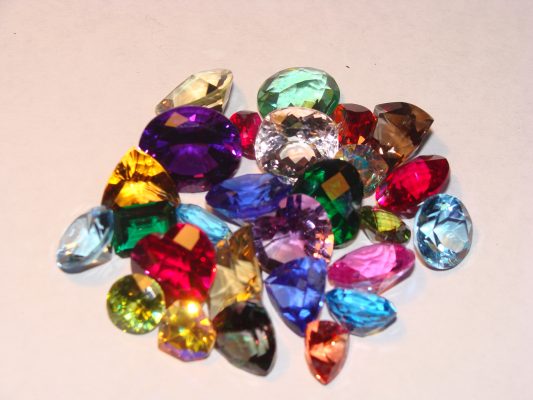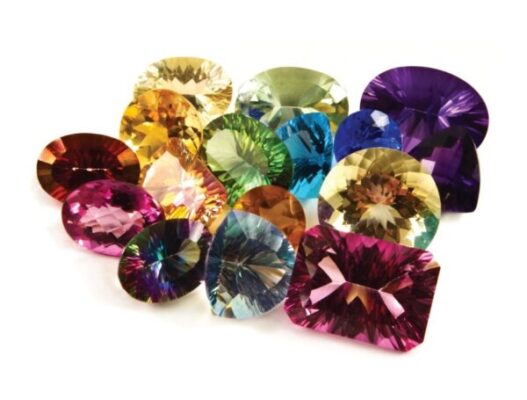Mineral exports seen higher in 2019

Zimbabwe’s mineral exports, excluding gold and silver exports, are projected to climb 6 percent above prior year earnings to over US$1,8 billion after sales topped US$1,6 billion for the 10 months’ period to October this year.
But the outlook for gold production is not encouraging amid expectations the country will miss the 2019 target weighed down by regulatory concerns (low forex retention levels and price issues) and effects of crippling power shortages.
Gold, which accounts for over half Zimbabwe’s mineral exports and mining in general, are key sources of foreign exchange for Zimbabwe other than tobacco, which over the past decade or so brought about a billion US dollars annually.
It is expected Zimbabwe might earn much less from tobacco in 2020 amid significant apathy by farmers on account of incoherent policies (forex retentions and sub-economic prices), which have seen many farmers quitting the crop.
However, analysts and the Minerals Marketing Corporation of Zimbabwe (MMCZ) expect mineral export earnings to be significantly higher compared to last year on account of a stellar performance in the first 10 months of this year.
MMCZ general manager Tongai Muzenda said the country’s mineral marketing authority was confident that mineral sales would be higher this year on account of several factors, including favourable prices for some minerals.
“We are a projecting a 9 percent increase and this can be attributed to an increase in prices particularly of PGMs. Then there is also beneficiation (factor) after Unki established a smelter and contribution from ferrochrome production,” he said.
In the 10 months to October, PGMs continued to dominate export earnings having accounted for about US$1 billion of the total inflows.
Zimbabwe PGM earnings come from PGM concentrates and PGM mate exported by its three current active producers — Zimplats, Unki and Mimosa, who contribute in that order, in terms of tonnage and value.
The other significant contribution to exports in the period under review came from diamonds sales, which totalled US$142 million.
Another metal of interest was high carbon ferrochrome, which earned US$254 million.
Despite the recorded increase in minerals for the 10 months, compared to last year, the haul however fell 11 percent below set target of US$1, 79 billion which the state marketer attributed to depressed PGM prices.
Economic analysts expect economic headwinds to persist while further constrictions of foreign currency would cause significant currency devaluation as exports will decline unless the country can produce high value add exports.
Mining is Zimbabwe’s biggest foreign currency earner and accounts for over 60 percent of the country’s foreign currency earnings. The sector is also estimated to account for between 4 and 12 percent of gross domestic product.
This comes, surprisingly, as October became the first month in 2019 that bullion deliveries outweighed last year’s production on a month on month comparison as gold deliveries increased 17 percent to 2,4 tonnes.
Analysts attributed the increase in gold production in September to increased fuel allocations and growth in drawdowns of the Gold Development Initiative to spur production of the country’s biggest export.
Although the Mining Business Confidence Index (MBCI) forecast a positive outlook for the sector in 2020 Zimbabwe is this year expected to miss its target of a 40 tonne gold output after hauling a record 34 tonnes last year.
“The country is likely to miss the 40-tonne gold target due to persisting economic challenges including regulatory uncertainty and debilitating power cuts lasting up to 18-hours,” financial analysts IH securities said.
Zimbabwe, which is targeting to grow mineral exports to US$12 billion by 2023 and middle income status by 2030, has significant mineral export potential, as the country is home to over 40 known mineral occurrences. It also has the world’s second largest known deposits of platinum, one of several precious minerals resident in the country that include diamond, gold and emeralds. Other key minerals include chrome, nickel, coal and lithium.
However, Mines and Mining Development Minister Winston Chitando says less than 10 of the country’s key minerals are commercially exploited with the bulk of the minerals waiting to be hauled from under the earth-Business Weekly


